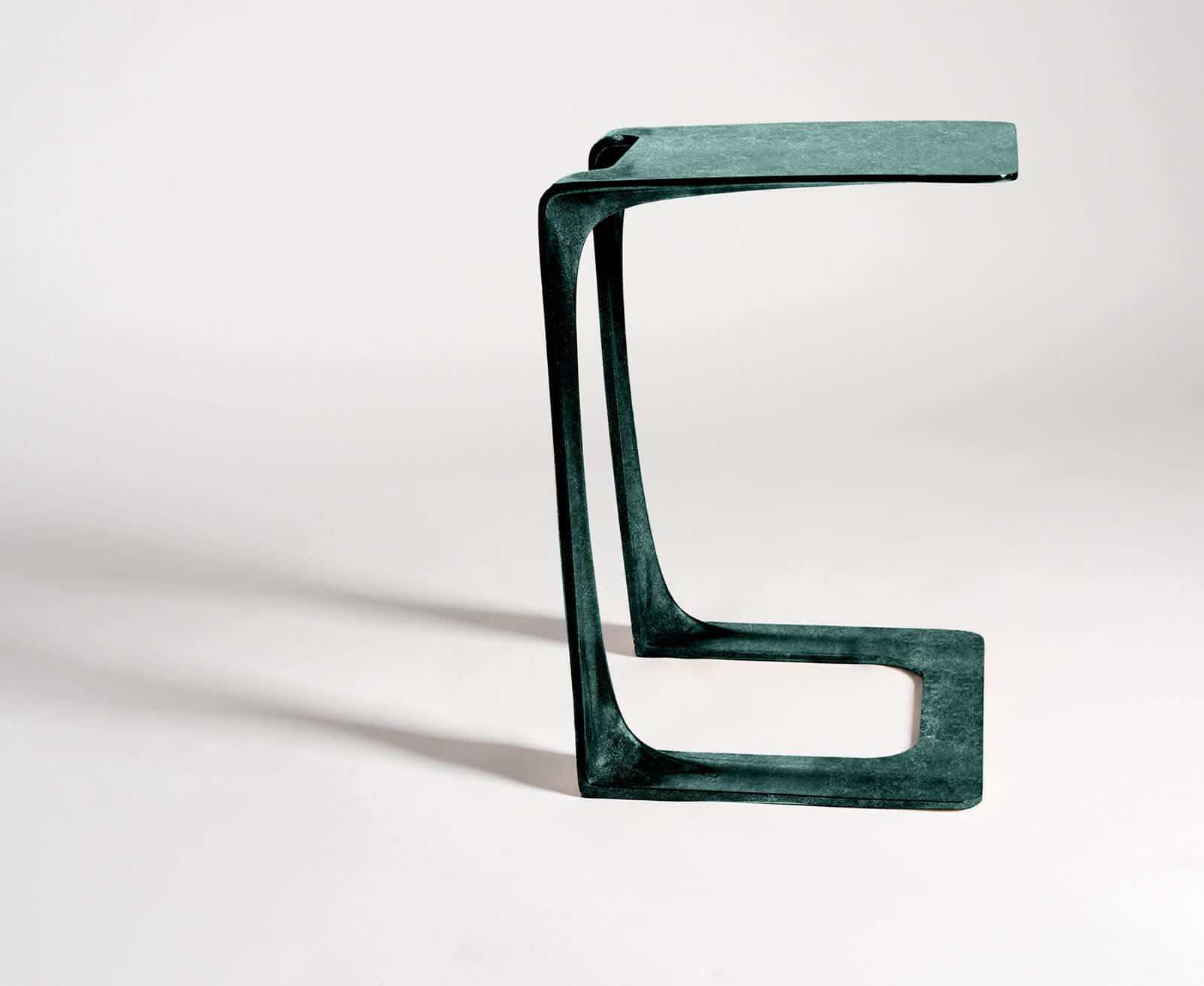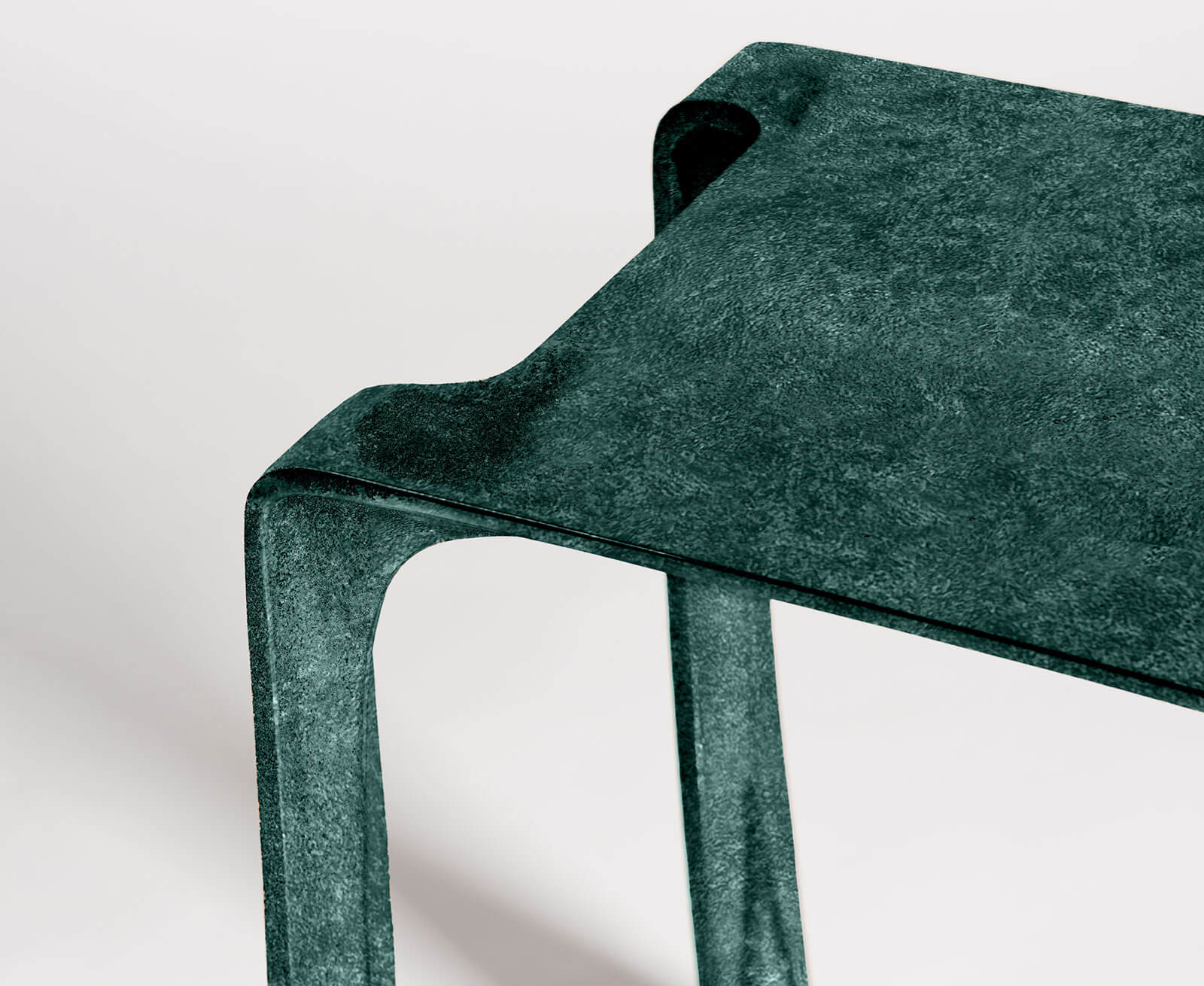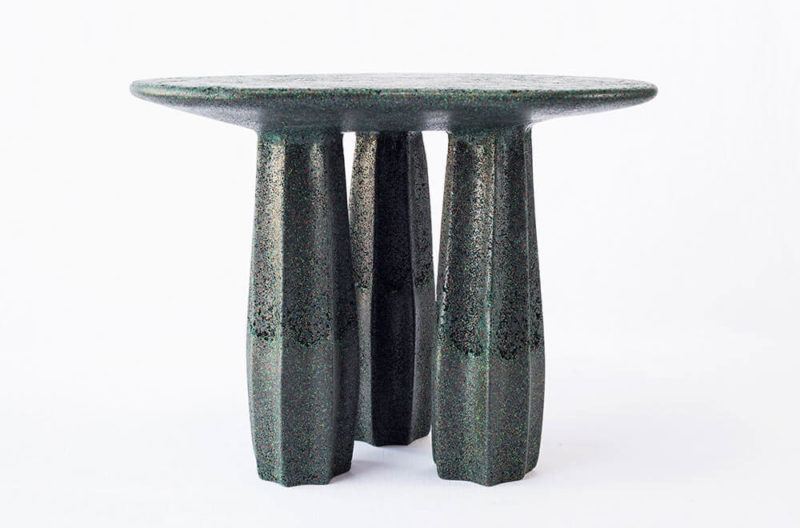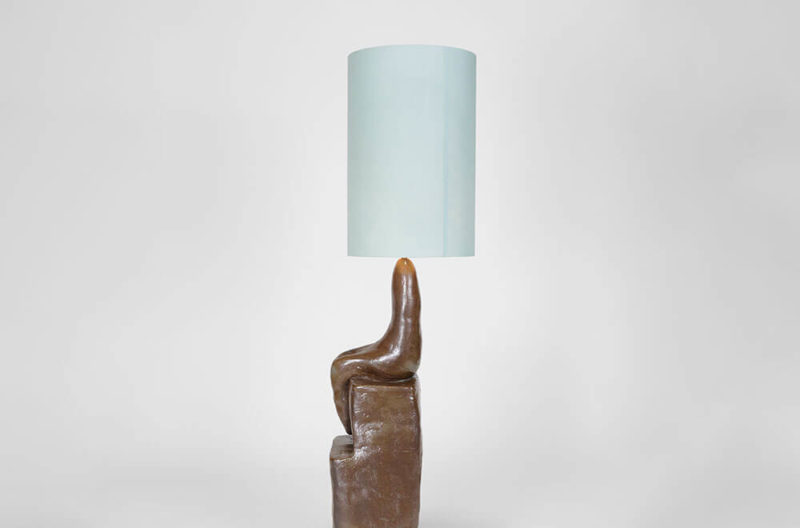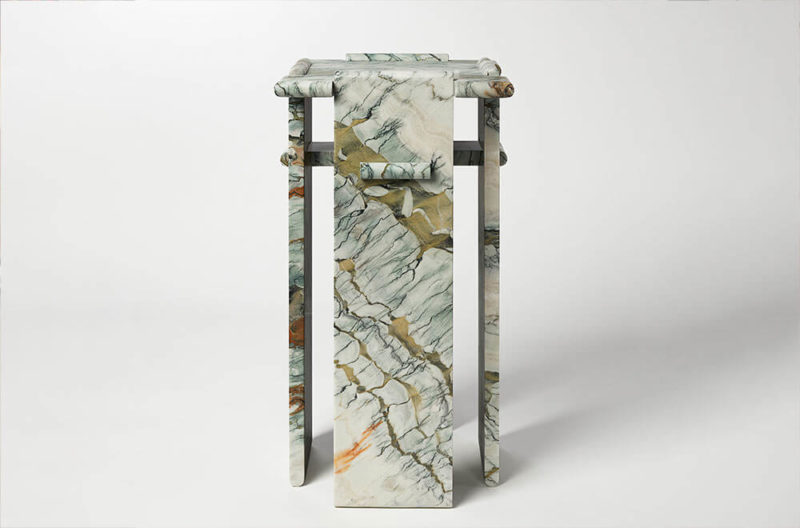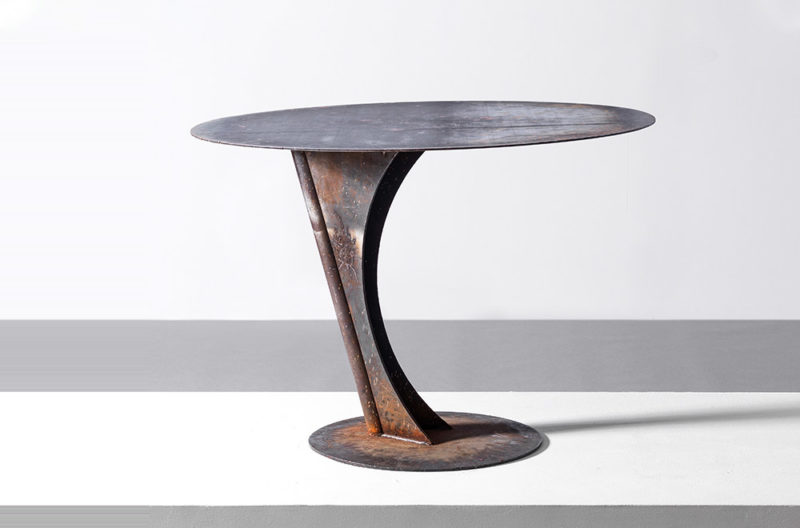‘Garrison Stool’, 2016-2021
STACKLAB
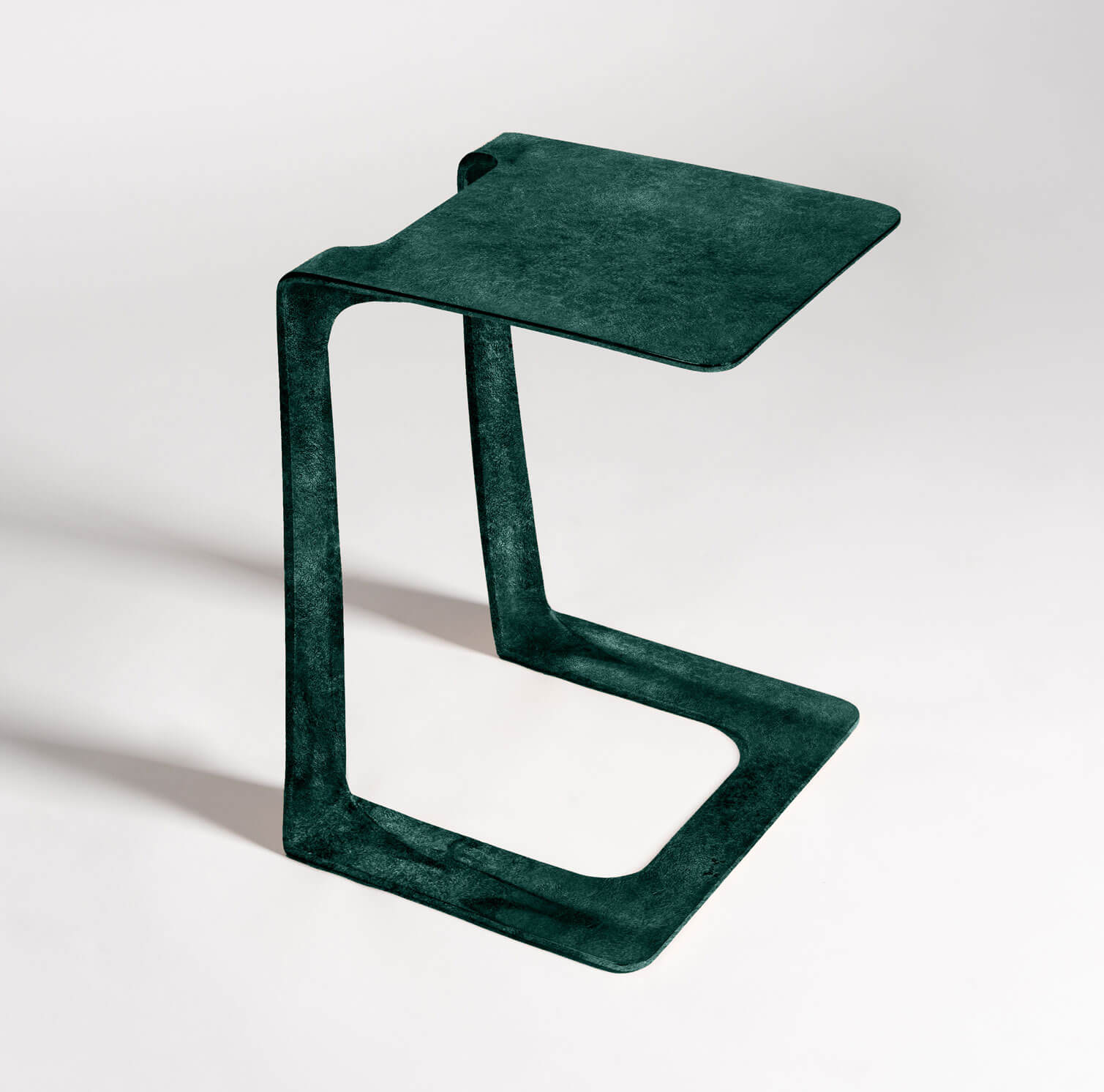
‘Garrison Stool’, 2016-2021
COURTESY: STACKLAB
WORLD LEADERS HAVE gathered this week in Glasgow for the COP26 UN Climate Conference to up their pledges to combat the threat to our planet. What is clear is that a diverse arsenal of strategies needs to be immediately implemented to mitigate environmental collapse. In many ways, design – the objects, services and structures that define our everyday – is at the forefront of both the problems and the solutions.
What we produce, the processes and materials we use, how we transport, recycle and upcycle are all issues that have been called into question time and time again. Numerous methodologies have been developed in the past few decades, but few have been put into mass application. Bypassing the marketing ploys of greenwashing has proved harder still. It seems maintaining close control over the process – an approach that harks back to the days of pre-industrial artisanal production – is the surest way to ensure true sustainability and circularity. While the careful extraction of natural resources might still be justified in some cases, up-cycling material that is already on the surface of the planet is perhaps the most responsible route.
Developed by interdisciplinary Toronto-based architecture firm STACKLAB, the 2016 ‘Garrison Stool’ is a shimmering example of that resourceful ad hocism. The practically cantilevered and streamlined seat was iron-cast using steel salvaged from the torn-down Garrison Bridge, a relic of Toronto’s industrial past. Embodying the message of deindustrialisation, the design is a pure celebration of material and the new adaptive processes that are now available to the design domain – in making do with what we already have. It asks us to consider how we might reuse certain noble and composite materials rather than continuing to extract finite resources excessively.
The ‘Garrison Stool’ was engineered using parametric programming to achieve a 16kg weight and a 400kg weight support threshold. The chair was produced in a limited-edition run of 102 units; the first 51 featured a bronze-coated tip – a detail that inspired five recent iterations in which the entire stool was cast in solid bronze with green patina and waxed finish. In homage to central Canada’s heavy machine industry, these recent re-editions were also created using a sand-casting process, resulting in faint, tactile imperfections.
On view virtually until 19th November, Collective Design’s inaugural online exhibition ‘Public Access: On The Edge’ surveys works from various talents whose work exemplifies the qualities of symmetry and balance. STACKLAB’s reintroduced ‘Garrison Stool’ is a strong example of this curatorial focus in that it shows the applicability and viability of certain technologies in meeting new strict ecological standards.
“This stool’s form reminds me of a piece of industrial design, like part of an airplane or the spine of a building,” noted interior designer Juniper Tedhams, who Collective Design founder Steven Learner invited to select pieces for this programme. “The blackened bronze finish takes it to another place. I’m always looking for pieces that are more than they initially seem, without being too tricky.”
-
‘Garrison Stool’, 2016-2021
COURTESY: STACKLAB
-
‘Garrison Stool’, 2016-2021 (detail)
COURTESY: STACKLAB

